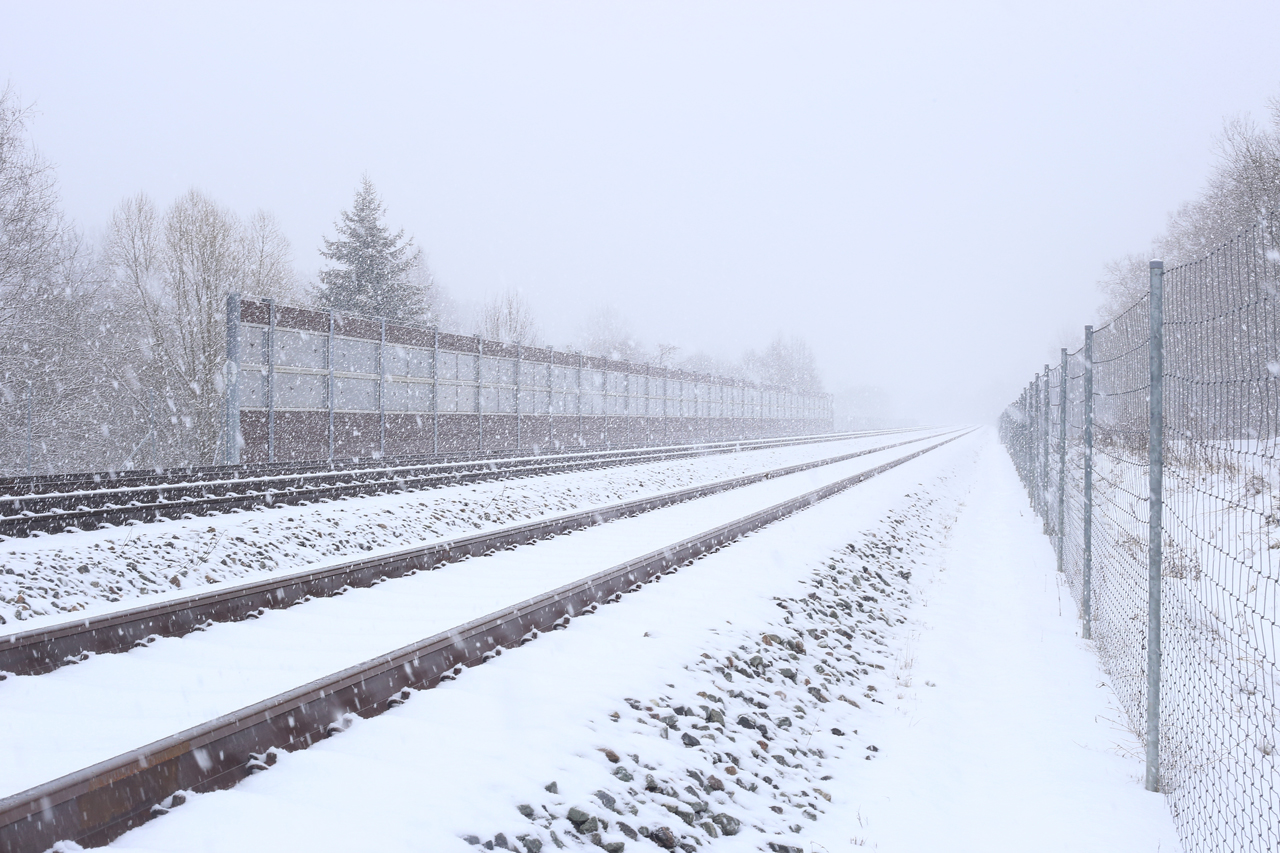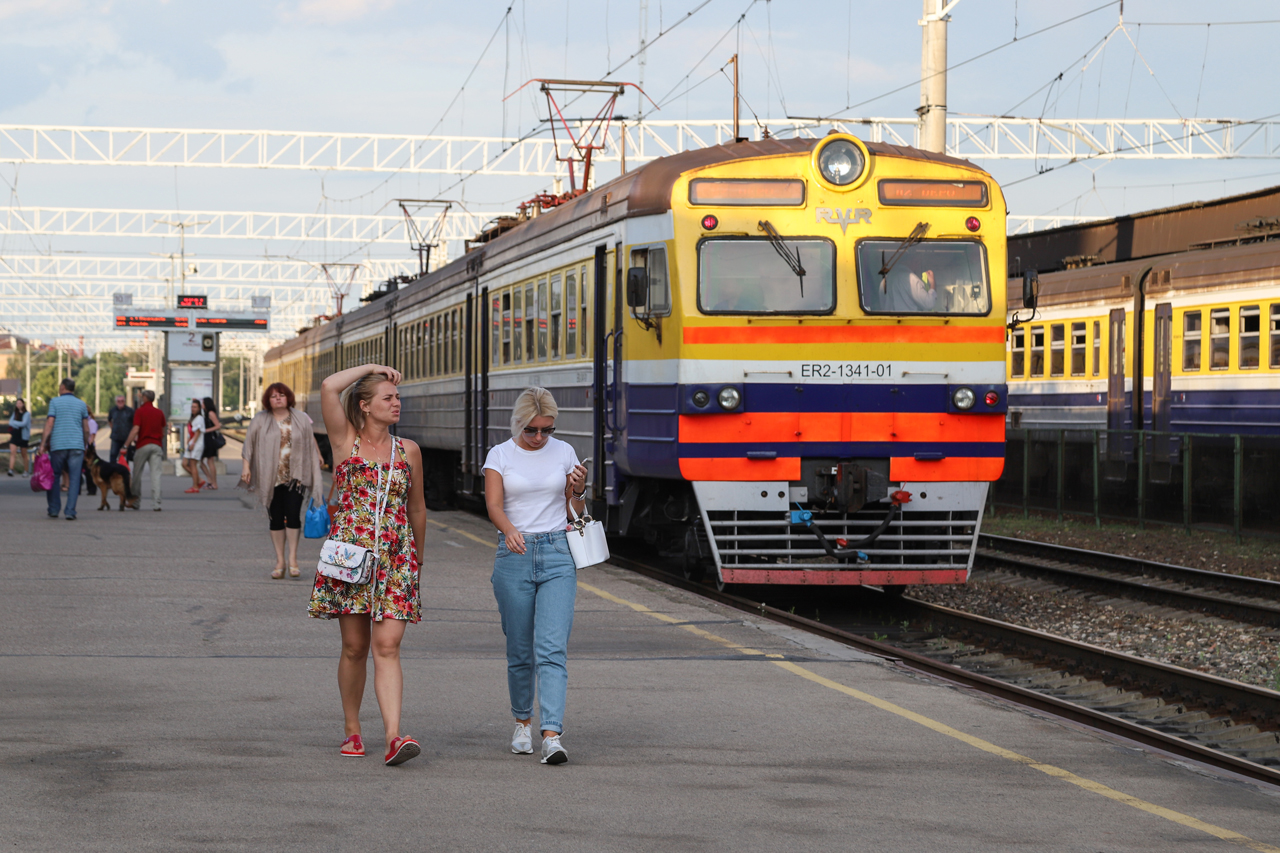On the Baltics' end, the type of climate conditions we are likely to face won’t be as severe as it’s been previously registered in these countries' history
A milder climate calls for new prevention methods
Whilst not drawing any conclusions itself, Rail Baltica’s report combined previous data, international studies and projections on the Baltic region to give an outlook of what weather should be expected in the years to come and how it will challenge the network.
Sitting in the north-eastern side of Europe, right in the middle between the Baltic Sea and Russia, weather throughout these countries has traditionally been cold and temperate during the winter season and largely rainy, even in the summer.
Yet in a few decades’ time, as the study revealed, local weather will bear hardly any resemblance to the present day.
“On the Baltics' end, the type of climate conditions we are likely to face won’t be as severe as it’s been previously registered in these countries' history,”says Rail Baltica project manager for strategy and assessment Artūrs Caune.

Snow has been an issue for the Rail Baltica railroad in the past.
Key takeaways from the report, in fact, are that milder winters with less snow will replace current glacial temperatures, although not without frequent wet snow, freezing rain, glazed frost and ice formation events.
On the other hand, summers will be increasingly warmer, often subject to heatwaves with maximum temperatures reaching or exceeding 40oC. Additionally, climate change is expected to exacerbate the region’s already high predisposition to rainfall and thunderstorms, leading to intense summer thunder clouds and greater wind gust speeds.
Although in theory, milder temperatures mean that adaptation measures don’t need to be as robust as in other places in Europe, a number of considerations will need to be made, especially in the design phase of the project.
For example, Caune says designers will be briefed about the line’s high exposure to climatic variations along the coast between Estonia and Latvia, as well as possible changes in the size of some rivers located in the region – with some rivers being more exposed to floods than others.
“[These factors] increase the risk of floods and strong rainfalls and could cause more problems, which need to be considered in the design phase already,” he adds. “And this shows that the typical flooding we experienced 20-30 years ago has changed dramatically in magnitude over time.”
Meanwhile, he continues, larger rivers will be likely to have fewer floods, signalling that “we don't only have to consider the most severe conditions, but also the prospect of a milder climate”.
Unpredictability stands in the way of accuracy
The results of the report have now been incorporated into a set of guidelines that the design team is using as part of the ongoing planning phase.
This will also be supported by several recommendations and implementation measures mentioned in the report, which Caune says will be crucial to ensure consistency throughout the project.
In areas at high risk of flooding, for example, the study suggests considering the chances of multi-hazard risks – like a combination of high wind, frequent wet snow and glazed frost – when looking into the implementation of sensitive systems.

The train platform at the Central station in Riga, Latvia. Credit: Michael715 | Shutterstock.com
Ahead of the line’s 2026 launch, Caune says the study also identified a “collection of homework for the coming stages of the project”, or rather issues that might have to be tackled later on, such as maintenance and operational procedures.
However, Caune warns that a lack of clarity on climate change, its gravity and the extent to which it will worsen in the longer term make future-proofing the line even more complicated.
“It's really hard to predict what the weather will be like in the next few decades,” he says. “It's clear that it will change but we don't know exactly how and won't be able to precisely prepare for it until we're a bit closer to that time, so it's going to get more and more difficult to think of how we should address this issue.”
Despite assuring that this factor is still being considered in the design and construction phases, Caune concedes that prevention measures will remain limited.
“What we need is to get clarity,” he adds. “We need output results but at the same time, we're looking at the climatic risks as part of the process and how we capture them further on.”
We're looking at the climatic risks as part of the process and how we capture them further on
We have to be aware of the potential risks we will face in the long term
Planning ahead remains a key factor
Despite these restrictions, planning ahead remains a huge advantage for Rail Baltica, a project that has made prevention one of its main strategies.
“We have to be aware of the potential risks we will face in the long term,” saysCaune. “The climate is changing, and every one of us can notice that it’s different compared to 15-20 years ago. So, while it's not for us to discuss what climate change is changing, it is very important to look at how this change may impact our greenfield project.”
Supported by several other adaptation strategies and plans currently being adopted in Europe, Rail Baltica’s study sheds light on railways’ growing exposure to the elements, its authors hope it will be of use for future construction work in the region.
“We published this study's results on our webpage,” concludes Caune. “They are meant to be shared with other infrastructure works in the Baltic area and other companies, owners and engineers who are approaching new projects for the community.”